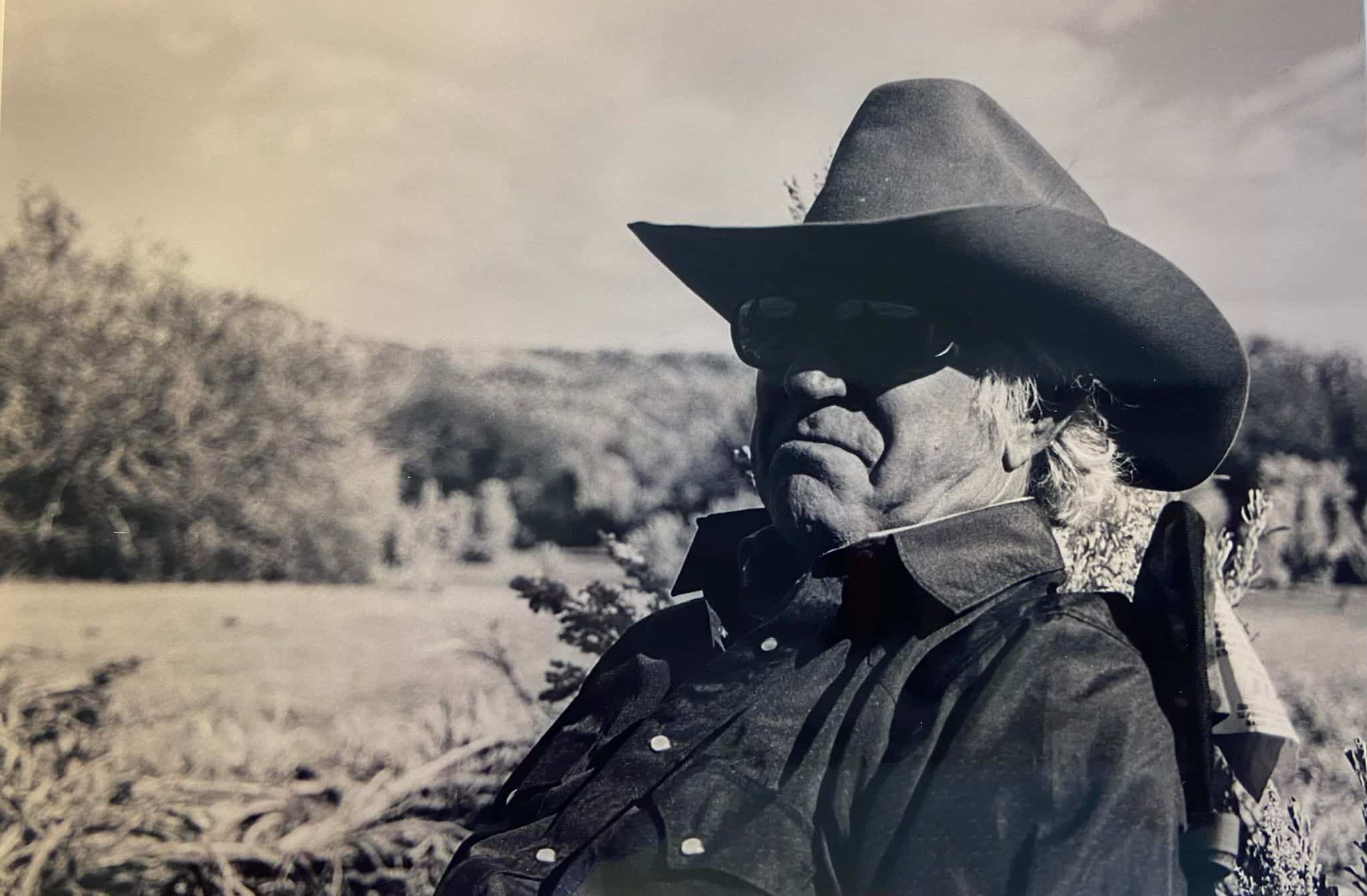Endophyte-Infested Fescue: Hidden Dangers
When it first arrived on the scene in the United States during the early 1940s, tall fescue was considered a wonder grass. It was easy to establish, it was a good forage yielder, and it was tolerant of a wide range of management regimens. In short, it was a very tough grass that could stand heavy grazing and a high rate of animal foot traffic under a variety of climatic conditions and still continue to flourish.
Acre after acre was planted with tall fescue until its lush greenery covered some 35 million acres in the United States. However, problems soon began to be observed in animals grazing these lush pastures and fields. Horse breeders noticed that they were having foaling problems with some mares which were grazing fescue grass or being fed fescue hay. Cattle producers reported that steers on fescue pastures or being fed fescue hay appeared to be unthrifty and that milk production in lactating dairy and beef cows was reduced.
The livestock and equine industries turned to science for some answers. They came in the late 1970s.
A fungal endophyte was discovered that can have serious deleterious effects on animals consuming it. The scientific name for the fungal endophyte is Acremonium coenophialum
Create a free account with TheHorse.com to view this content.
TheHorse.com is home to thousands of free articles about horse health care. In order to access some of our exclusive free content, you must be signed into TheHorse.com.
Start your free account today!
Already have an account?
and continue reading.

Written by:
Les Sellnow
Related Articles
Stay on top of the most recent Horse Health news with












